Minnesota’s climate may be unpredictable, but that’s precisely what makes it perfect for travelers who come prepared for anything. Those who reflexively pack layers, have weather apps permanently open on their phones, and never leave home without rain gear will find Minnesota’s diverse landscapes and variable conditions ideally suited to their cautious approach.
Here is a list of 15 destinations across Minnesota that reward those prepared travelers who always pack those extra coats “just in case.”
Boundary Waters Canoe Area Wilderness
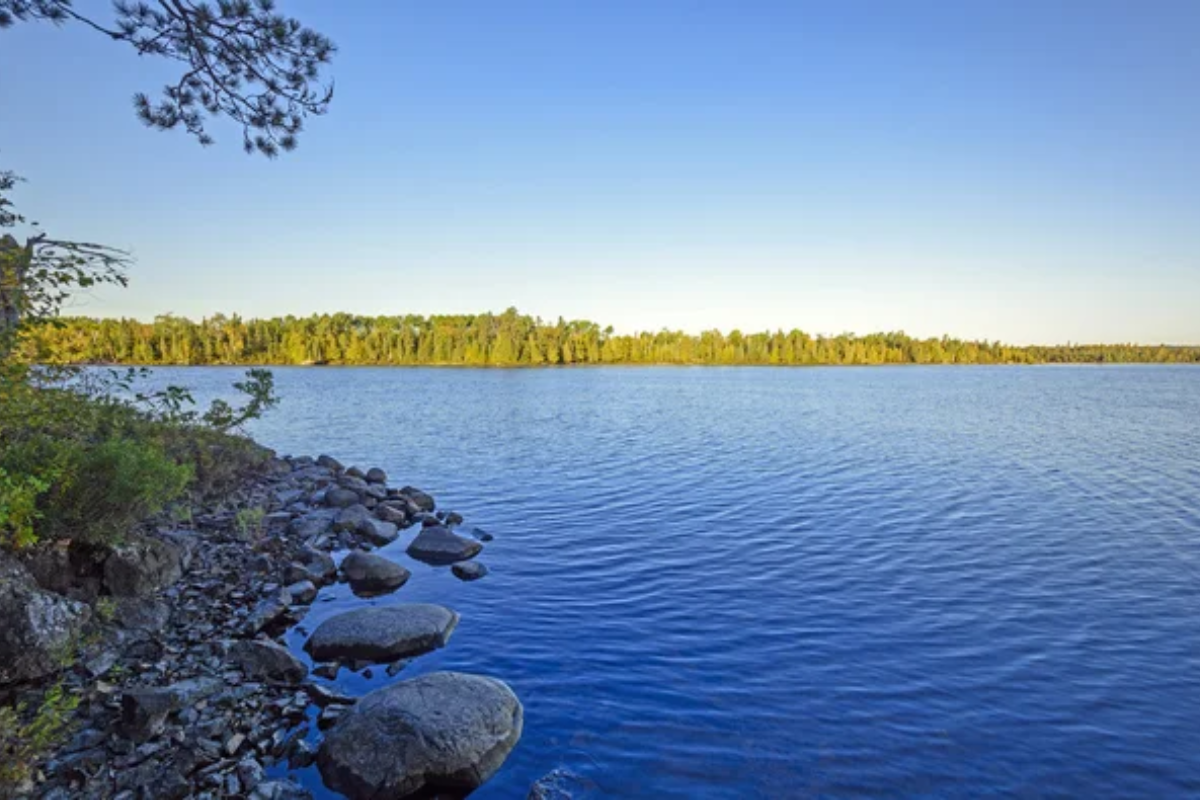
This million-acre wilderness straddling the Canadian border offers pristine lakes and ancient forests, where weather conditions can change dramatically within hours. Summer visitors might experience 80-degree sunshine followed by 50-degree rain without warning, making those extra layers essential for comfort and safety.
The remote location means no quick trips to stores for forgotten gear, while the 1,100 lakes and hundreds of miles of canoe routes reward thorough preparation. Experienced paddlers know to pack clothing for every conceivable condition—even during apparently stable weather patterns.
North Shore Scenic Drive
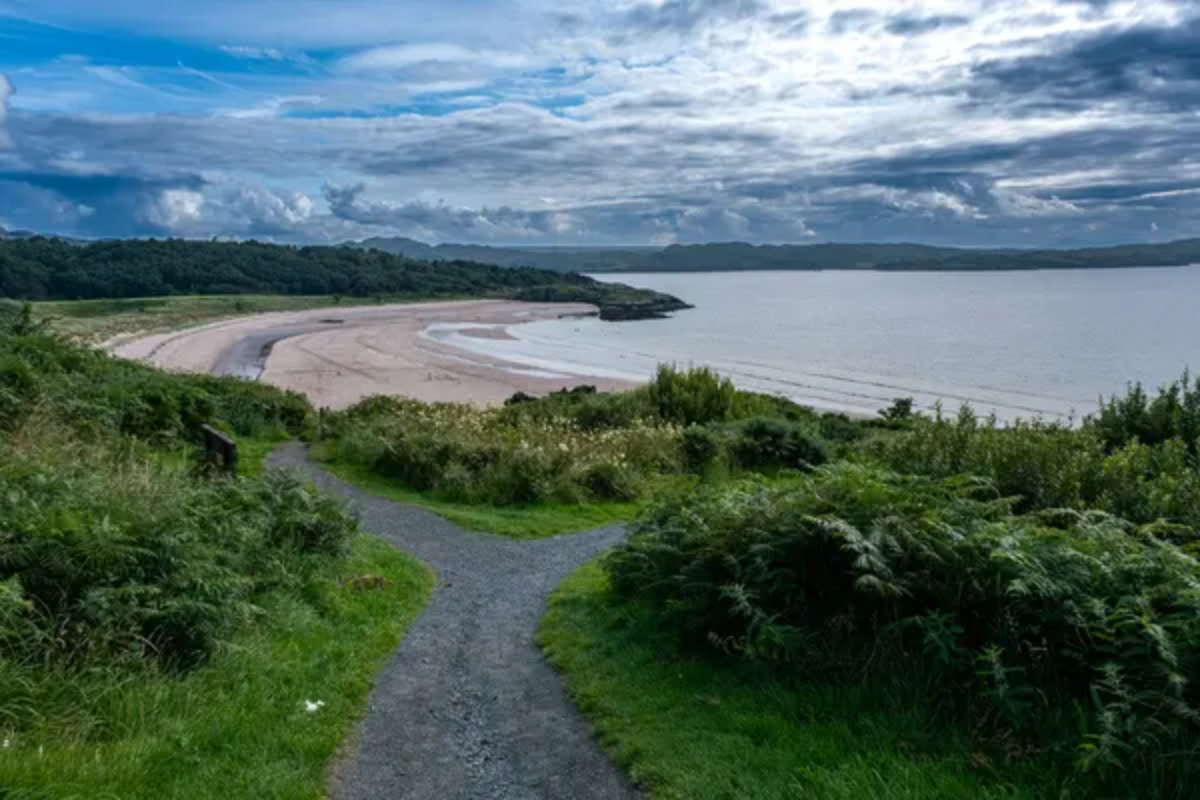
This 150-mile route along Lake Superior from Duluth to Grand Portage showcases dramatic shoreline vistas and eight state parks where microclimates create widely varying conditions. The massive lake creates its weather systems, causing temperature differences of 30 degrees between shorelines and just a few miles inland.
Visitors witness fog rolling in suddenly, transforming sunny afternoons into misty landscapes within minutes. The phenomenon locals call “the lake effect” means prepared travelers might need winter gear on summer mornings when Canadian air masses chill the shoreline.
Like Travel Pug’s content? Follow us on MSN.
Lutsen Mountains
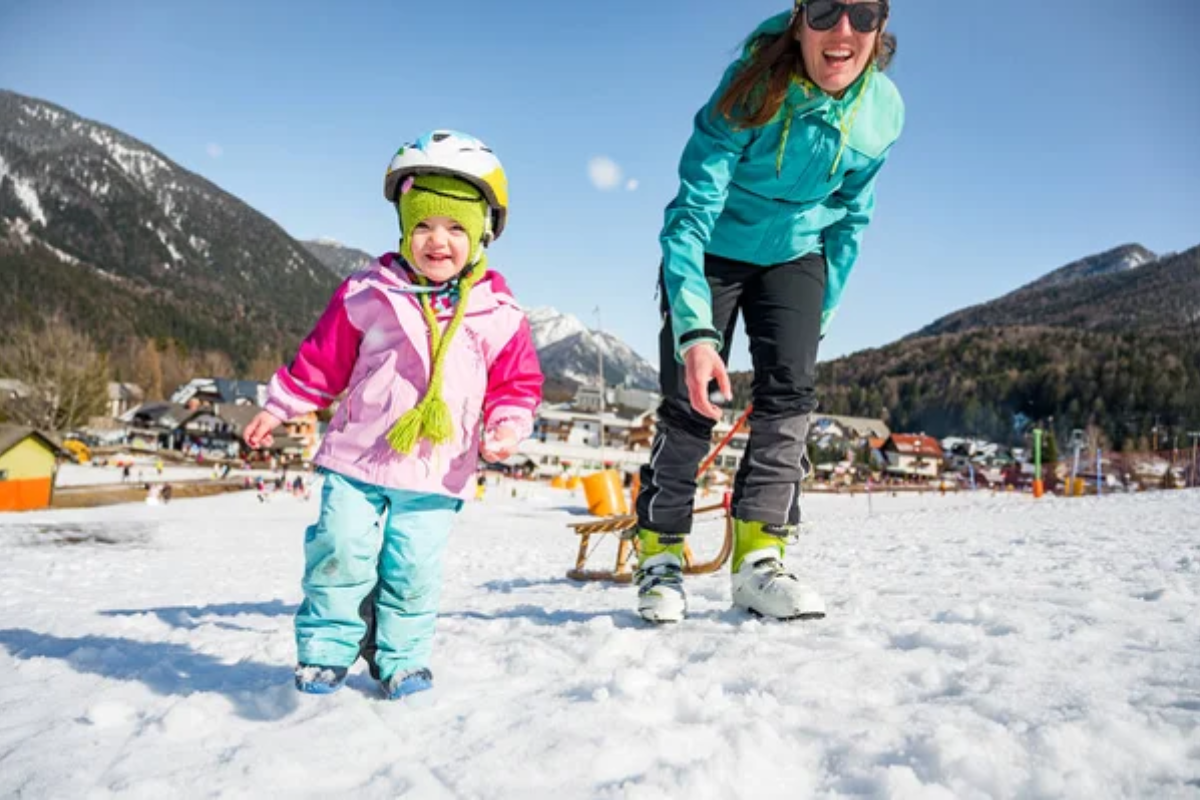
Minnesota’s largest ski resort transforms into a summer adventure destination where elevation changes create surprisingly variable weather conditions. Mountain bikers and hikers ascending the Sawtooth Mountains experience temperature drops averaging 3.5 degrees for every 1,000 feet of elevation gain.
The Summit Express gondola carries visitors up 1,000 feet, where winds can be dramatically stronger than at the base area regardless of season. The resort’s location along Lake Superior adds another layer of weather complexity, justifying those multiple coats taking up space in your luggage.
Minneapolis-St. Paul Parks
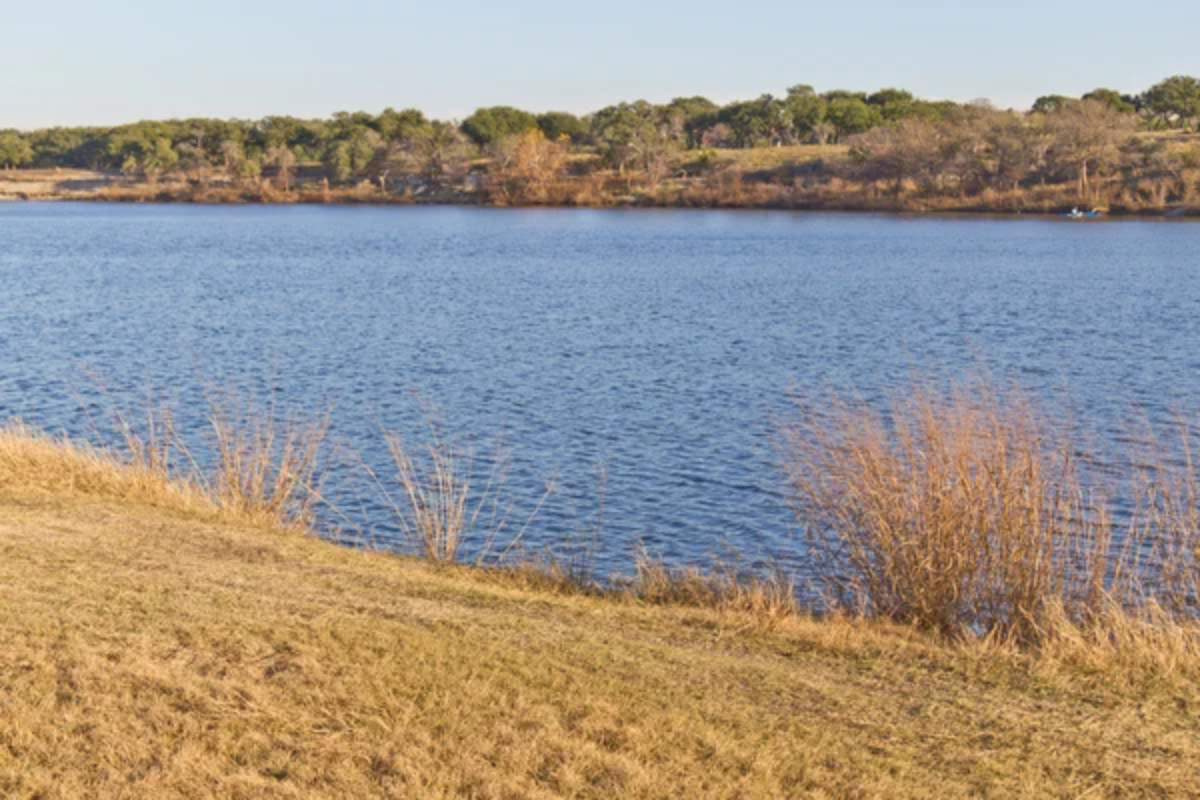
The Twin Cities’ exceptional park system includes 266 parks spanning nearly 16,700 acres of land where temperatures vary significantly between sunny expanses and shaded woodland trails. Minnehaha Falls might require a light jacket even on warm days due to the natural air conditioning created by the falling water, while the exposed prairie at Cedar Creek Regional Park can be significantly warmer than urban areas on the same day.
The cities’ position at the confluence of three distinct climate zones means conditions can shift dramatically as weather systems collide.
Voyageurs National Park

This water-based national park near the Canadian border features over 500 islands and 655 miles of undeveloped shoreline, where changing wind patterns create variable conditions throughout the day. Summer visitors often experience cool, foggy mornings that burn off to reveal hot afternoons, followed by rapidly cooling evenings that require layering strategies.
The park’s northern location means summer days stretch to nearly 16 hours of daylight, creating dramatic temperature shifts between midday and the extended twilight hours. Boaters quickly learn that conditions on the water feel dramatically different than temperatures on shore.
Like Travel Pug’s content? Follow us on MSN.
Split Rock Lighthouse

This iconic lighthouse, perched 130 feet above Lake Superior, occupies one of Minnesota’s most photographed and weather-variable locations. The historic site commemorates the infamous 1905 November gale that damaged 29 ships, demonstrating the area’s notorious weather extremes.
Visitors today still experience the location’s meteorological drama, with fog frequently obscuring the lighthouse completely before clearing to crystal visibility within minutes. The exposed headland catches winds directly off the world’s largest freshwater lake, creating conditions that can require winter gear even in summer months.
Itasca State Park
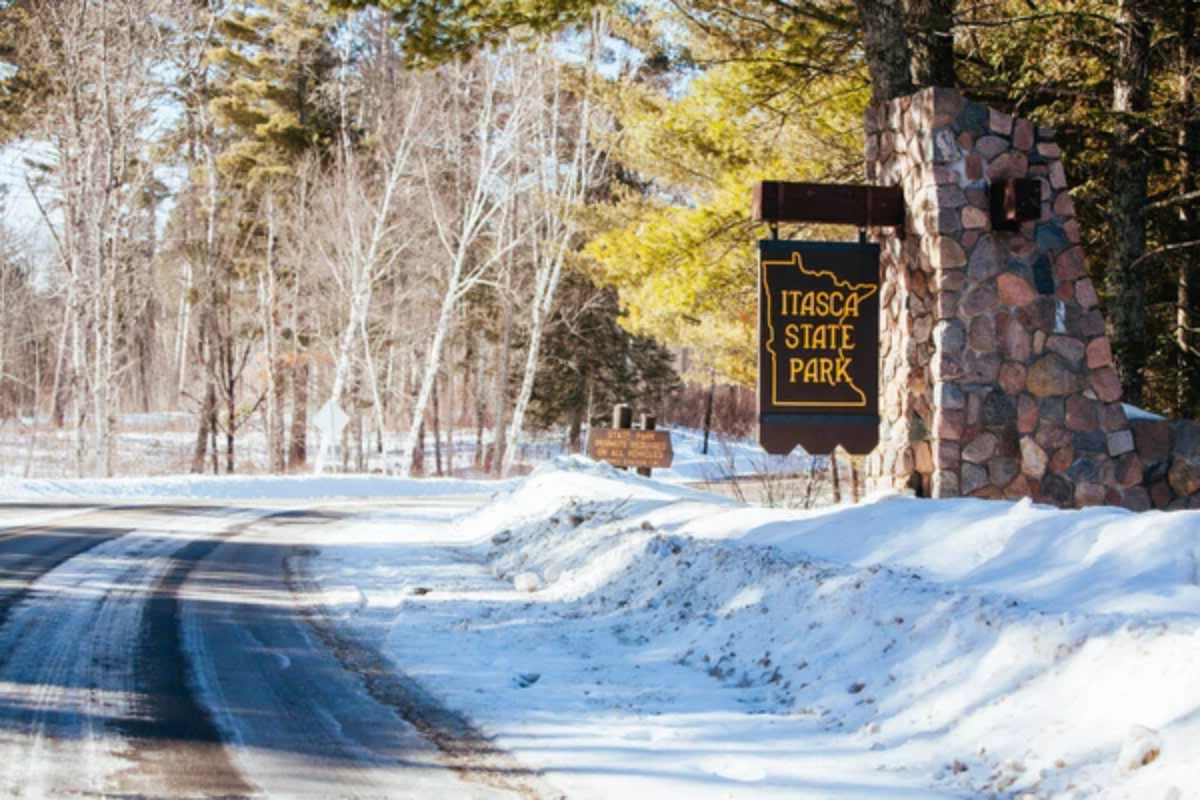
Minnesota’s oldest state park surrounds Lake Itasca—the headwaters of the Mississippi River—with 32,000 acres of northern wilderness where weather patterns reflect the transition zone between prairie and northern forest. Visitors walking across the Mississippi’s humble beginnings often encounter morning frost in late spring and early fall, while summer afternoons can bring sudden thunderstorms followed by dramatic temperature drops.
The park’s ancient pine forests provide shelter during precipitation but create their microclimate where temperatures regularly run several degrees cooler than nearby clearings.
Prairie Island Indian Community
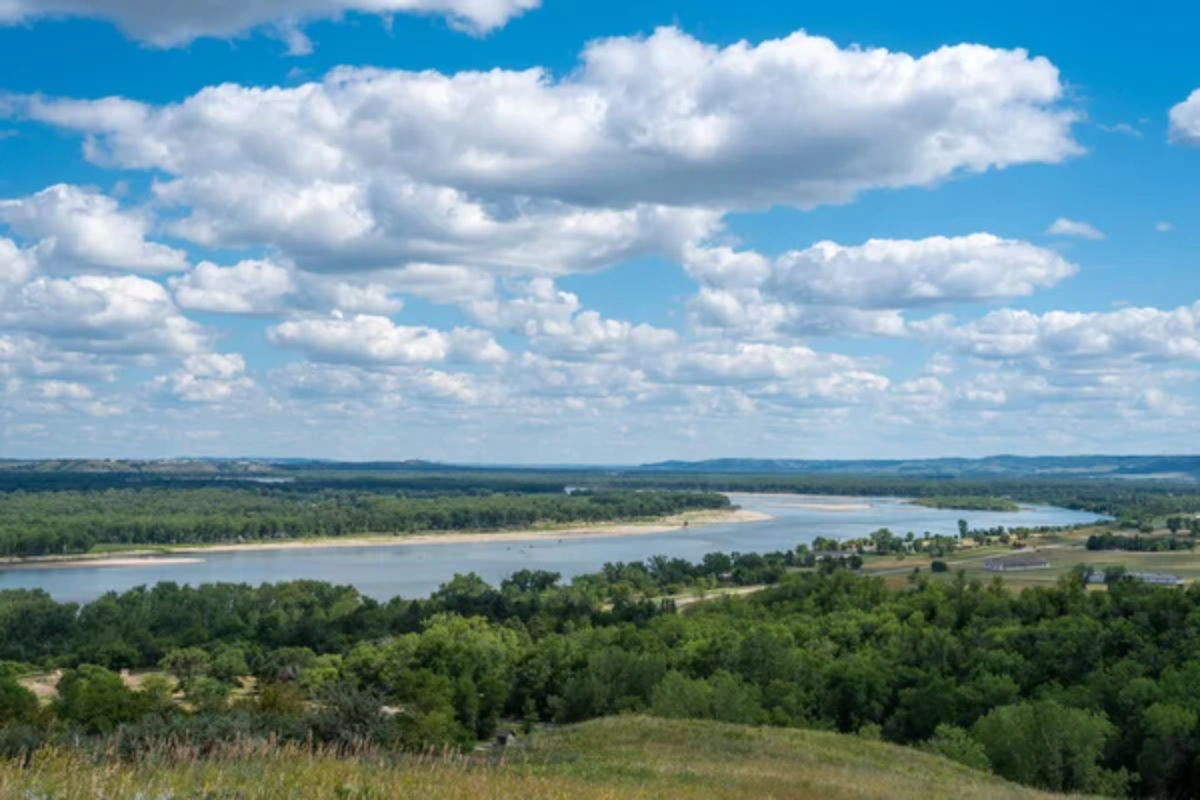
Located along the Mississippi River near Red Wing, this reservation offers cultural experiences, natural beauty, and proximity to river systems that create variable weather conditions. The river valley can trap morning fog that burns off to reveal dramatically different afternoon conditions, while the relatively open landscape allows weather fronts to move through quickly.
Traditional Dakota cultural sites emphasize the importance of respecting and preparing for natural conditions—wisdom that resonates with travelers who come equipped for changing circumstances. The community’s powwows and cultural events typically occur outdoors, where weather preparation enhances the experience.
Like Travel Pug’s content? Follow us on MSN.
Gunflint Trail
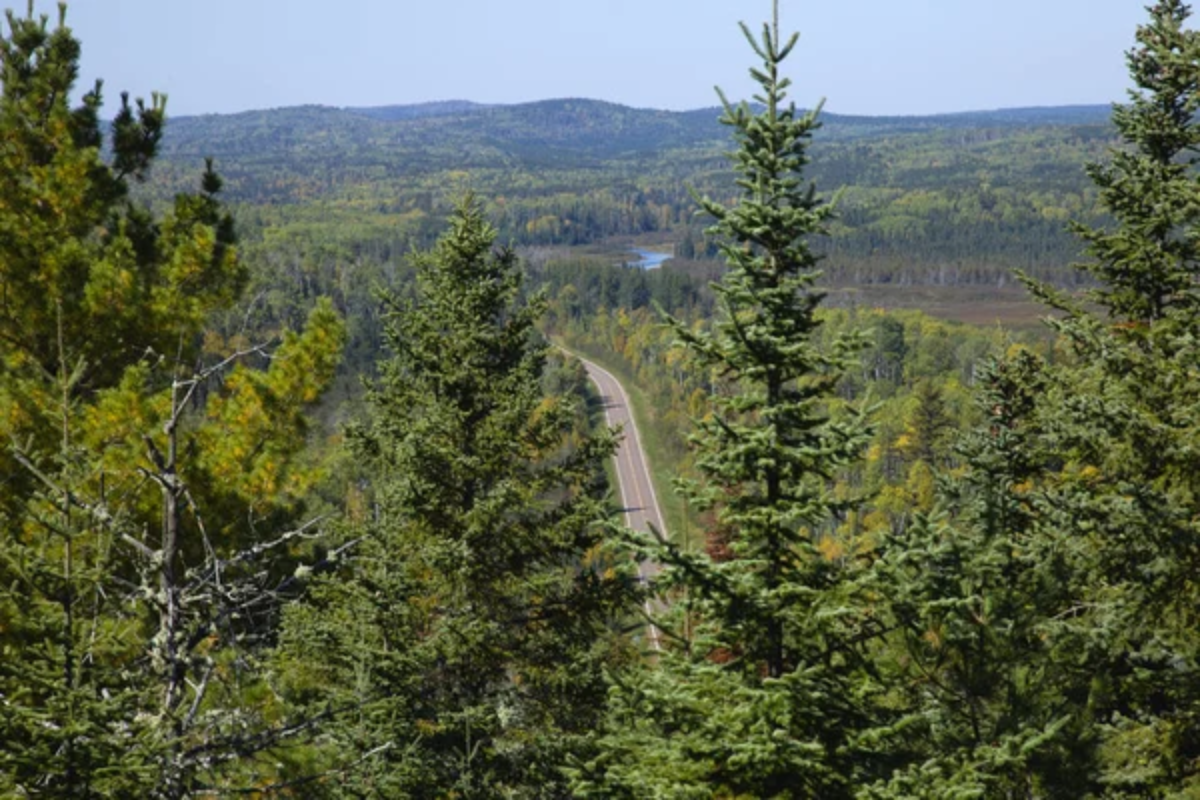
This 57-mile scenic byway runs from Grand Marais into the northern wilderness, climbing from Lake Superior’s shore to the Height of Land—the continent’s major watershed divide. The road’s 800-foot elevation gain creates distinct climate zones where prepared travelers might experience conditions mimicking both early spring and mid-summer on the same day.
The area’s remote nature means visitors should be self-sufficient with appropriate gear for all situations. Local outfitters joke that the trail has just two seasons—winter and July—though even July can deliver surprisingly cool mornings requiring those extra layers.
Forestville/Mystery Cave State Park
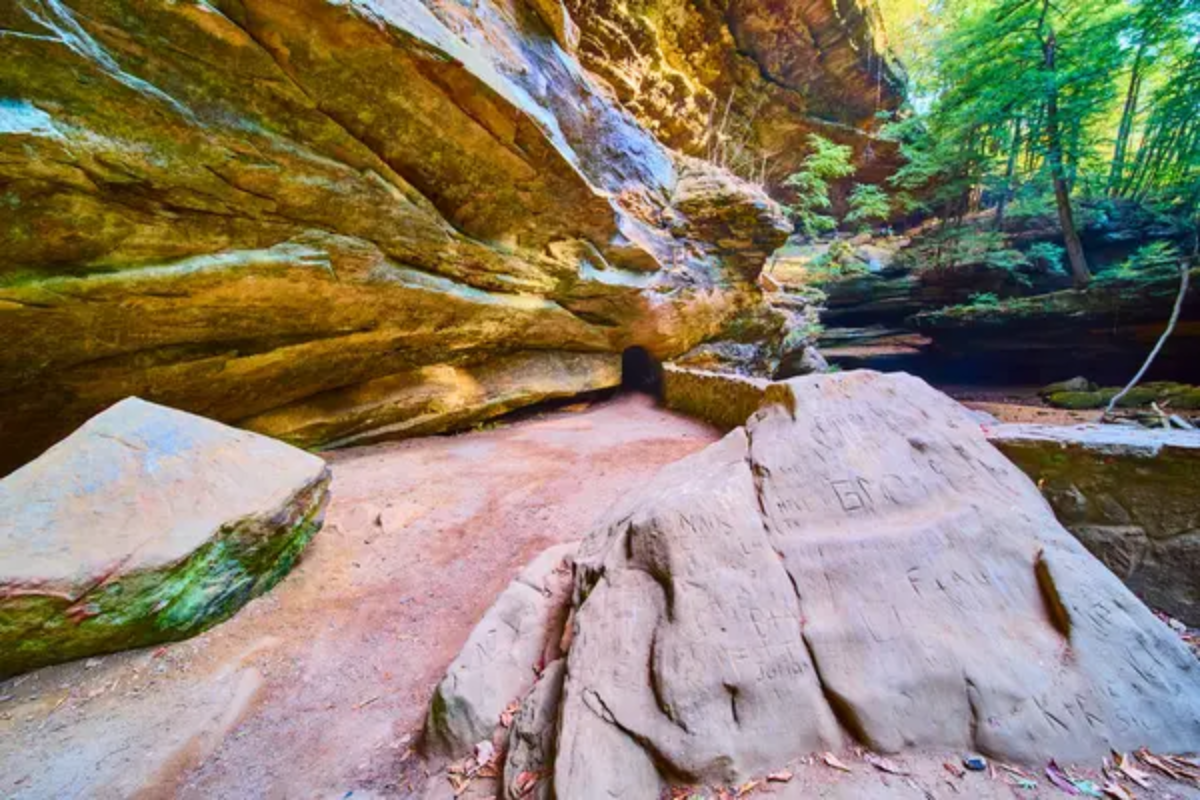
This southeastern Minnesota park combines surface hiking trails with Minnesota’s longest-explored cave system, creating dramatic temperature contrasts regardless of the season. While surface temperatures might reach 90 degrees during summer, the cave maintains a constant 48 degrees year-round—requiring warm layers for underground exploration even during heat waves.
The park’s location in the Driftless Area—a region untouched by glaciers—creates unusual topography with deep valleys that can trap cold air or amplify heat depending on weather patterns and time of day.
Lake Mille Lacs

This massive 132,000-acre lake in central Minnesota creates weather patterns that frequently surprise visitors with rapidly changing conditions. The lake’s relatively shallow depth (averaging 42 feet) means water temperatures can shift dramatically with air masses, influencing surrounding conditions.
Summer visitors often experience morning temperatures in the 50s that climb into the 80s by afternoon, while strong winds can develop suddenly on previously calm waters. Experienced anglers pack clothing for every season, regardless of the forecast, knowing the lake’s notorious variability.
Like Travel Pug’s content? Follow us on MSN.
Jeffers Petroglyphs

This sacred site featuring over 5,000 ancient rock carvings sits atop a windswept prairie ridge where weather exposure reaches extremes in every season. The site’s elevation and lack of natural windbreaks mean visitors experience the full force of weather systems sweeping across the Great Plains.
Summer visitors often encounter intense sun followed by dramatic wind shifts that can drop temperatures by 30 degrees in minutes. The open landscape offers no natural shelter, making appropriate clothing essential for appreciating the site’s archaeological significance and spiritual importance to Native American cultures.
International Wolf Center

Located in Ely, this educational facility devoted to wolf conservation sits in one of Minnesota’s most climatically extreme regions, where winter temperatures regularly drop below -30°F while summer can briefly touch 90°F. The center’s Ambassador Pack of resident wolves demonstrates how these animals naturally adapt to dramatic seasonal changes.
Visitors exploring the surrounding Superior National Forest encounter numerous microclimates created by the region’s lakes, forests, and rock outcroppings. The area’s extreme conditions justify packing for multiple seasons regardless of when the visit occurs.
Blue Mounds State Park
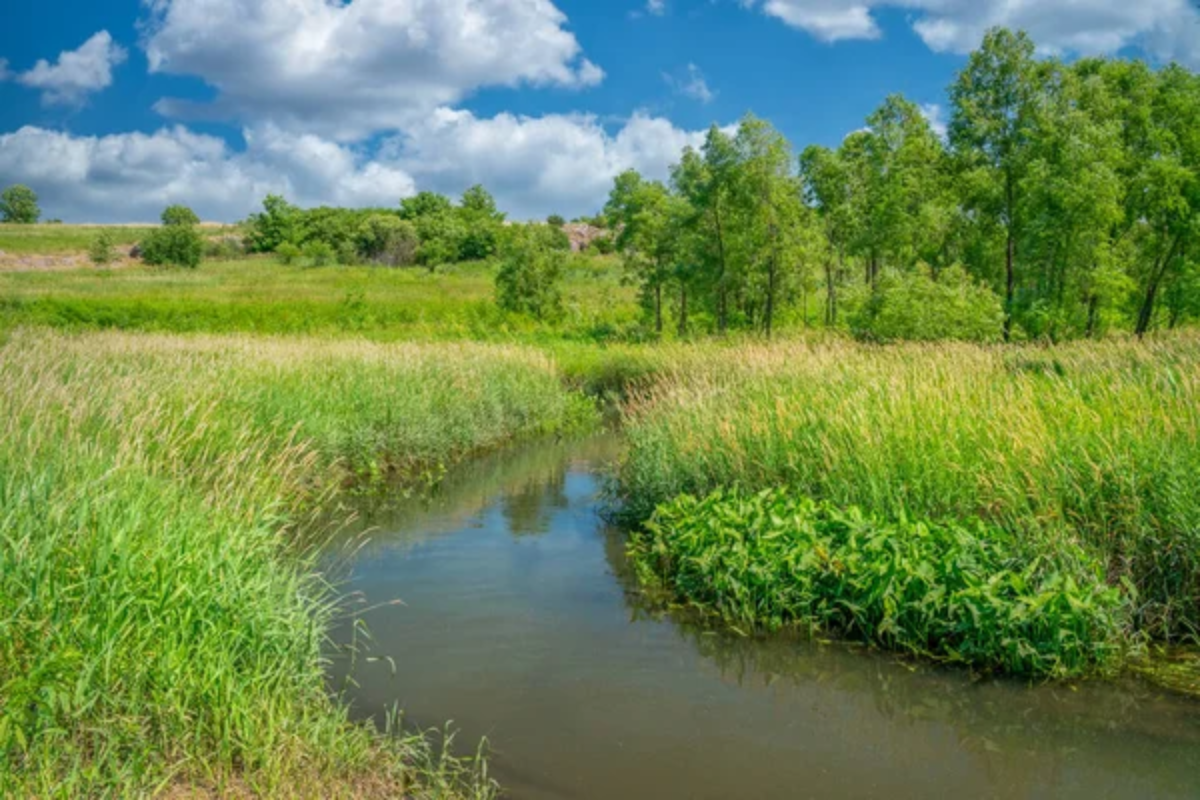
This southwestern Minnesota prairie preserve features a 1.5-mile cliff of Sioux quartzite rising 100 feet above the surrounding grasslands, creating distinct weather zones within the park boundaries. The exposed cliff face captures prevailing winds, while the grasslands below can be significantly warmer and more sheltered.
The park houses a herd of American bison that have adapted to the region’s weather extremes—from winter blizzards to summer heat waves. Hiking the park’s trails through different elevations means experiencing multiple microclimates within a relatively small area.
Like Travel Pug’s content? Follow us on MSN.
Mississippi River Valley
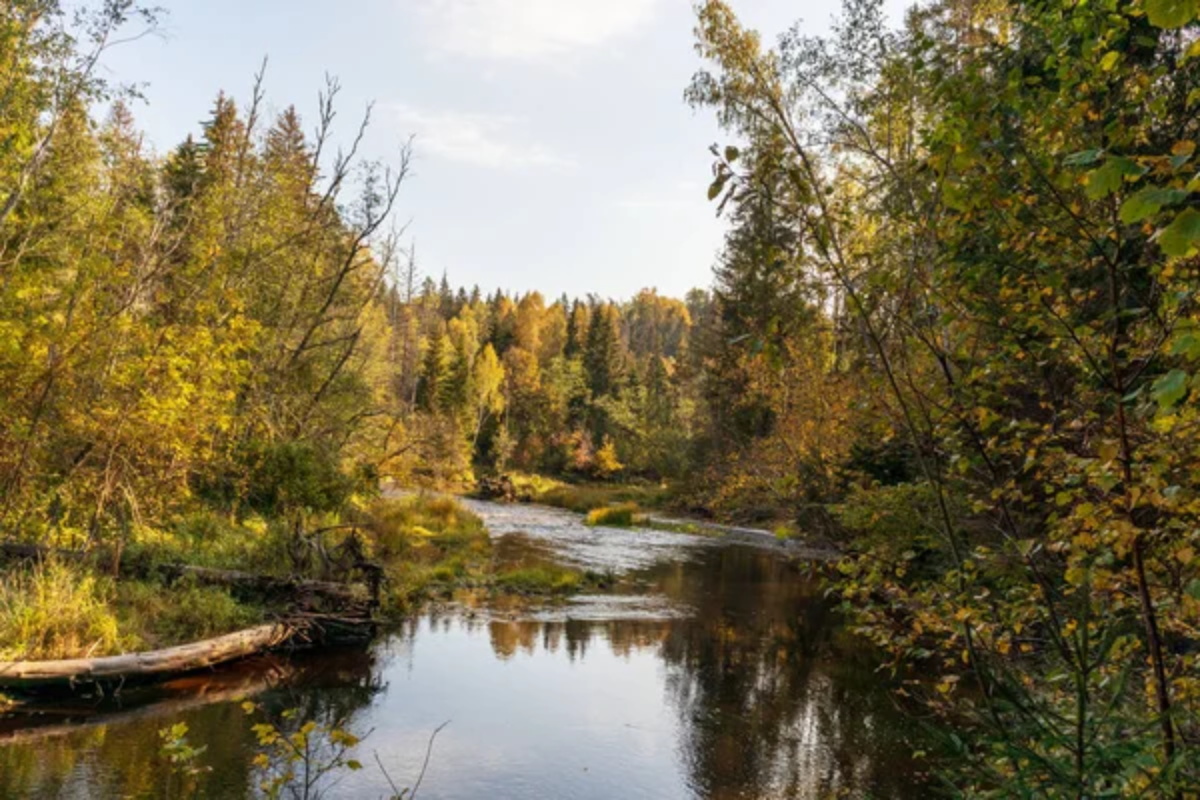
The dramatic blufflands along the Mississippi River in southeastern Minnesota create diverse microclimates where temperatures can vary by 15 degrees between river level and bluff tops just a few hundred feet higher. The river itself moderates temperatures slightly while acting as a channel for weather systems moving through the region.
Scenic overlooks at places like Frontenac State Park and Great River Bluffs State Park expose visitors to stronger winds and more variable conditions than the sheltered valleys below. The area’s unique topography demonstrates why weather-conscious travelers prefer packing options rather than counting on consistent conditions.
Weather-Ready Wanderlust

Minnesota rewards travelers who arrive prepared for whatever conditions might develop across its diverse landscapes. From the North Woods to prairie grasslands, the state’s geographic variability creates weather patterns as diverse as the terrain.
Experienced visitors know that Minnesota’s natural beauty often reveals itself most dramatically during weather transitions—when storm clouds part to illuminate forests with golden light or when fog lifts suddenly from lake surfaces. These moments of atmospheric drama justify every cubic inch of luggage space dedicated to those extra coats, proving that in Minnesota, weather-conscious packing isn’t paranoia—it’s practical wisdom.
More from Travel Pug

- 20 Towns Built for One Purpose That Were Later Abandoned
- 15 Hidden Spots in Disney World’s Magic Kingdom Most Visitors Miss
- 20 Once-Popular Beach Towns That Are Now Ghostly Empty
- 15 Canyons in the U.S. That Are Just as Stunning as the Grand Canyon
- 10 Under-the-Radar Mountain Towns That Are Both Affordable and Beautiful
Like Travel Pug’s content? Follow us on MSN.
